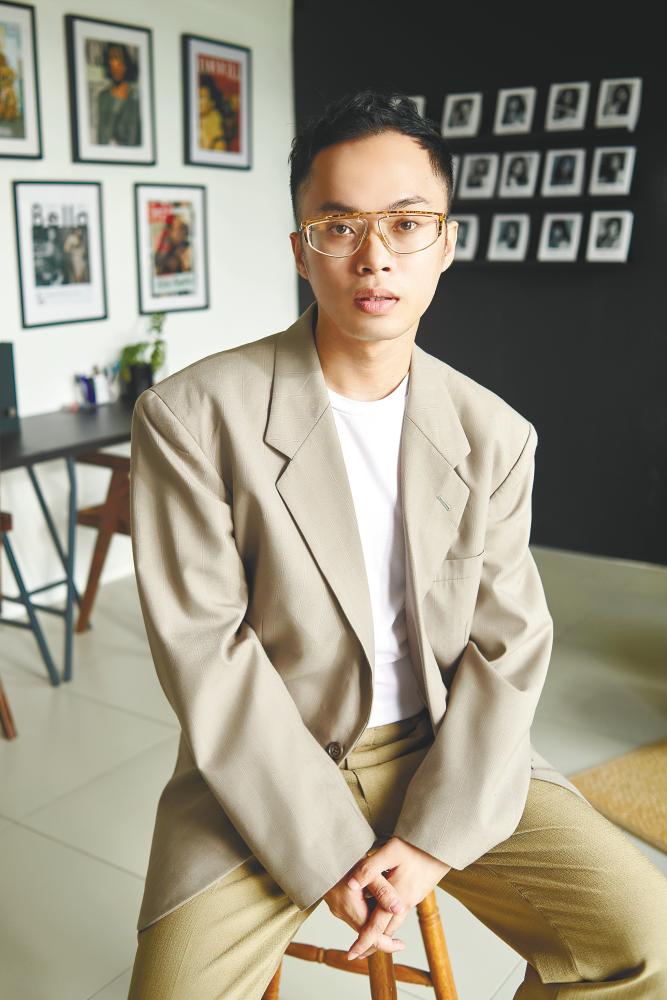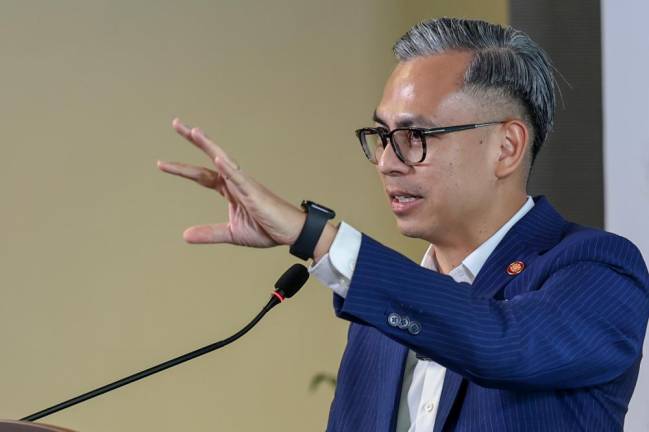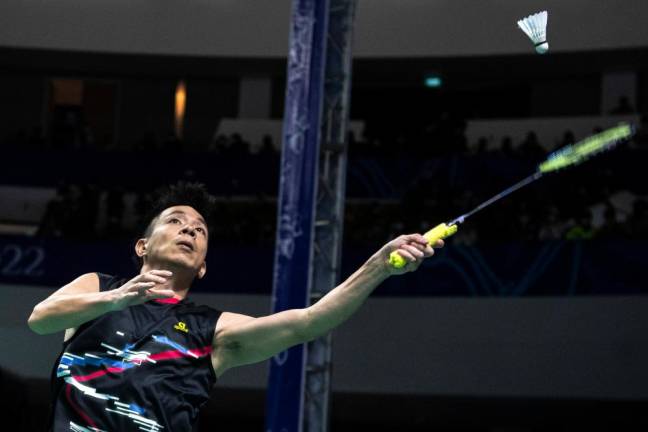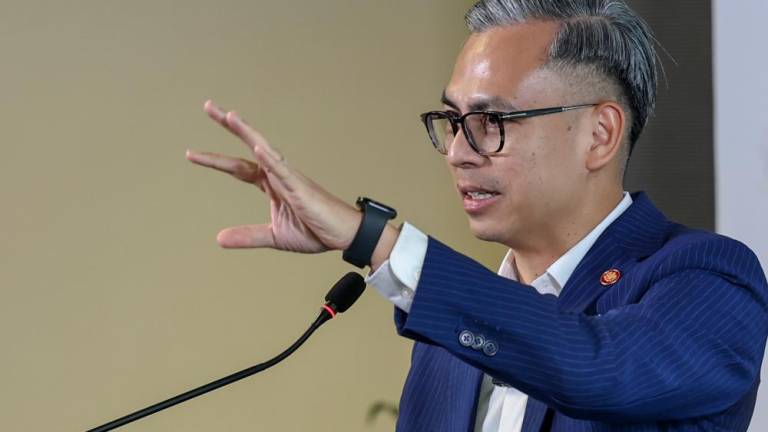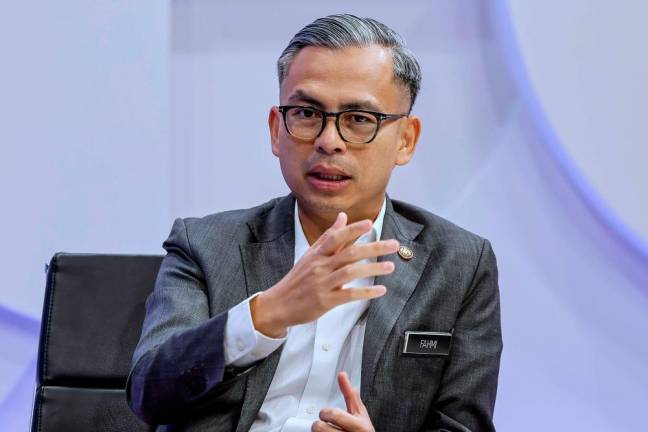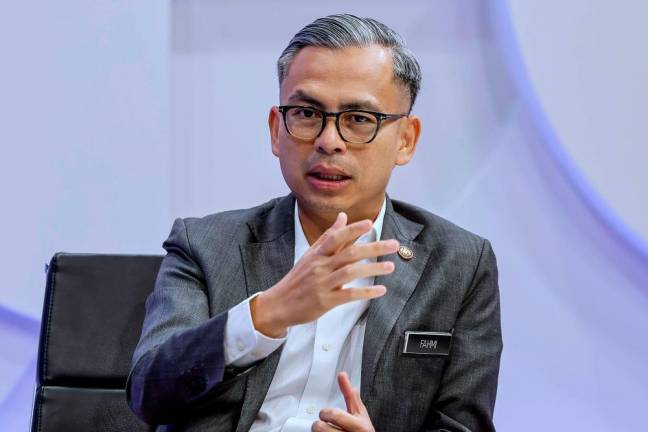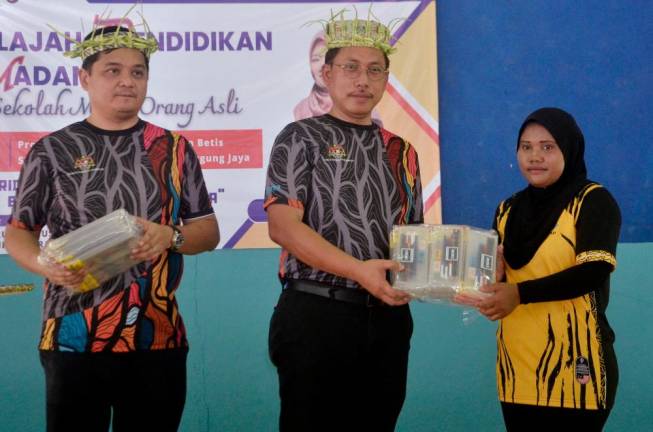THE Covid-19 pandemic has shaken up the entire fashion landscape and sent tremors across all corners of the already volatile industry. Its impact was met with overwhelming responses that call for rigorous structural reform from those in authoritative positions including fashion powerhouses and figureheads to address long-overdue matters and instigate meaningful change.
As much as fashion is a sociological instrument, it’s also very much a sociopolitical one, considering the fact that fast-fashion has been the driving force of environmental crisis, influenced by social attitudes and political policies.
The issue with sustainability and overconsumption or even the disproportionate traditional fashion calendar that is obsolete for that matter, have been a contentious one-sided debate and is largely an impasse that led nowhere, until recently when Covid-19 struck the world, bringing with it another round of recession.
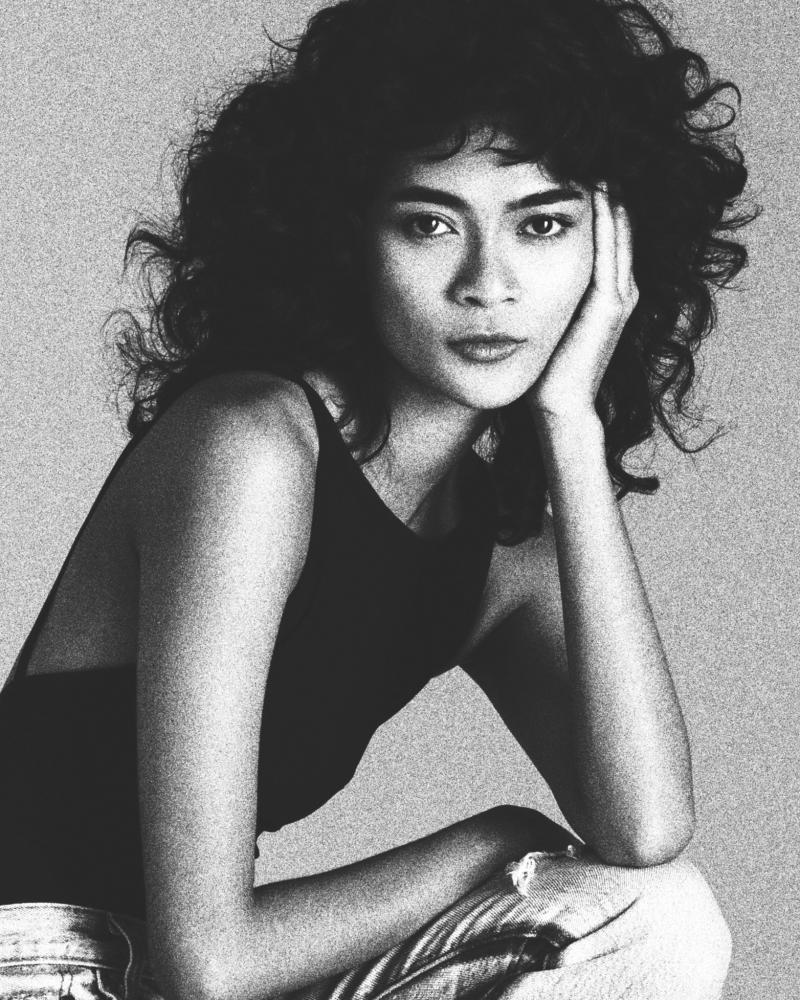
Only now when the industry came to a grinding halt and was left with very little alternatives to ensure its survival under the new abnormal we’re facing, changes are finally being implemented. Scaling back its priorities has led to an overhaul of the inefficient and gruelling fashion system to gain new cadence.
The pandemic revealed vulnerabilities and elevated a fiercer competition of “survival of the fittest”; where in the last three months, businesses have increased and dwindled. Much attention and support were given to fashion brands, but photographers, hair & makeup artists, stylists and models also make up the tapestry of the fashion industry.
The reality for them is obscure and job opportunities are scarce to almost non-existent throughout this precarious time. Once an apparently glamorous and alluring job also has its pitfalls, it’s never a picture-perfect moment to begin with. Both independent contractors and freelancers are susceptible to similar challenges including delayed payments, unregulated schedule, unethical working conditions and practices.
However, not all is as bleak as it seems. According to local fashion modelling agency The Models Lab KL (TMLKL) founder Ayyman Rahim: “For as long as I can remember, up until 2018, 90% of the local models in Malaysia were freelancers. They weren’t subjected to a contract nor an agency to help them in terms of finding clients, managing timetable, public relations, negotiate fees and other expenses. Therefore, they had to do it all by themselves.
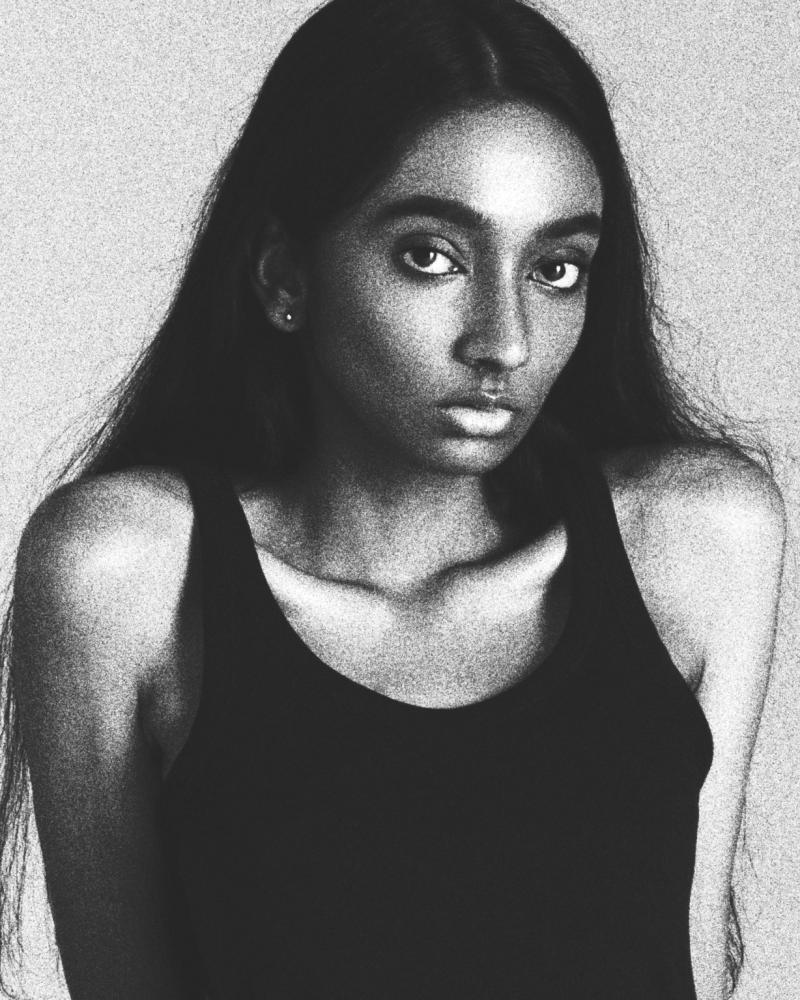
“There is incredible talent in the local modelling scene and it was a shame that these talents aren’t managed properly in terms of quality of work and standards of procedure. The fact of the matter is, the agency culture for local models is a well-known working environment in other countries. Malaysia being one of the slowest to join the bandwagon was probably due to its unfamiliarity.”
Ayyman, who is also a fashion stylist, recognised the lack of transparency and decided to bridge the gap between fashion models and their clients by establishing TMLKL in late 2018 with the belief that the labour rights and the prestige of the local and Asian models in town should be held high and uplifted. Over the years, he has built a cadre of six local models upon inception to representing 16 models as of today in 2020.
“It’s such a privilege to have these hardworking models put their trust in me to manage and represent them. To have them on board means upholding a certain standard for this agency, and for that, I’m eternally grateful and thankful,” he adds.
Since the lockdown was implemented in March, a significant number of photoshoots, runway shows, presentations, or any gigs that is a collective production are virtually impossible to conceive. On top of that, an industry with existing underlying problems has now been hit with a financial crisis.

Ayyman explains: “With the decline of sales for all businesses, many brands have suspended advertising and have turned to social media influencers. This has affected fashion models because it’s usually their role to market these brands.
“TMLKL copes with the struggle to stay afloat by having our models to carry out the photoshoots themselves, with art direction including references and moodboards provided by the client, otherwise, the models were given full creative freedom to self-produce the content. The chain of interactions is all online and is almost 100% productive and efficient.
“We’ve also created model awareness by doing crossover promotion between the agency and the brands by going online with Instagram Live sessions,” he adds.
A model’s role may have shrunk, but at the same time, it has expanded beyond its status quo to be ever more so versatile, further amplifying the whole idea of ‘models-as-influencers’ domain.
In the wake of great precarity, digital tools like Instagram is the way to go. It opens up new and unique opportunities for the models to expand their following base while tapping into the clients’ fan base for a wider digital reach.

Ayyman says: “The job spectrum of a model has vastly changed. Gone are the days where the model is expected to only pose for photoshoots and walk the runway. They’re more than just a pretty face, it’s the personality behind it that makes people want more.
“Yes, these models are beautiful, but what are their core beliefs? In what way are you different, or as pleasing as it sounds, the same just like the rest of us?”
As the world slowly emerges from the pandemic induced lockdown, business operations have also started to resume: “Recently we’ve started to take on photoshoots in studios because realistically speaking, the agency still needs to sustain itself and support the livelihood of the models. However, we’ve got a strict guideline of no more than a five-person team while adhering to the standard operating procedure in place.
“I believe the pandemic could change a few aspects of a modelling agency. Clients would probably fully utilise social media technology for garment fittings and photoshoots, possibly through FaceTime and Zoom calls. The same could be said for the ‘new normal’ of having digital fashion shows through livestream.
“At the end of this, models will still have jobs because nothing can quite beat fashion models flaunting the clothes. Clothes tend to speak louder when it’s on a model than on a mannequin.”



